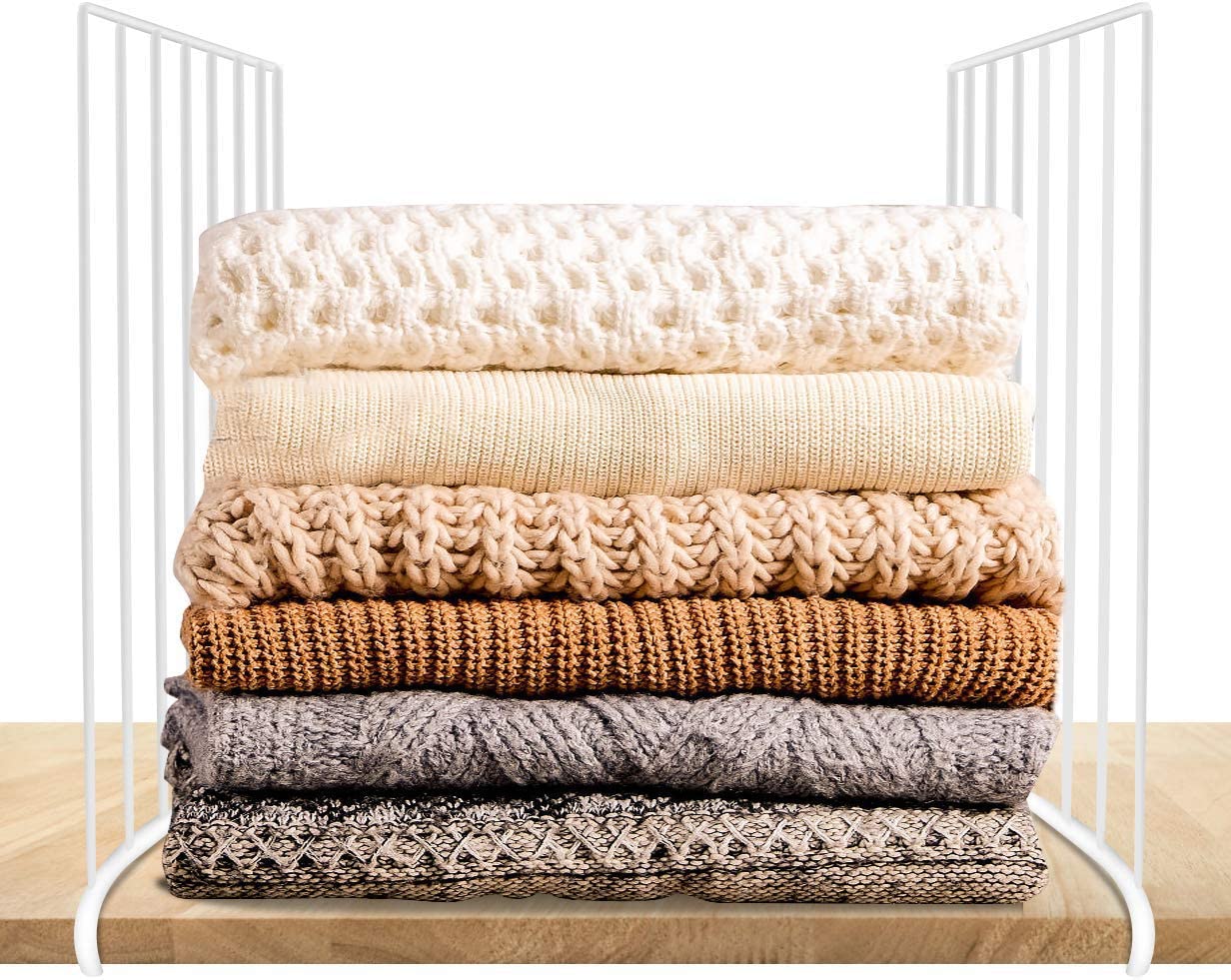

Articles
How To Store Sweaters In Closet
Modified: January 6, 2024
Discover effective ways to maximize bedroom storage with our tips for organizing and storing sweaters in your closet. Create a clutter-free space and keep your sweaters neat and accessible.
(Many of the links in this article redirect to a specific reviewed product. Your purchase of these products through affiliate links helps to generate commission for Storables.com, at no extra cost. Learn more)
Introduction
When it comes to storing sweaters in your closet, organization is key. A cluttered and disorganized closet can lead to wrinkled sweaters, damaged fibers, and a frustrating search for the perfect outfit. By implementing some simple strategies and utilizing the available space in your closet, you can keep your sweaters neat, fresh, and easily accessible.
In this article, we will guide you through the process of storing sweaters in your closet, from clearing out the clutter to protecting them from moths and pests. Whether you have a small closet or a spacious custom closet, these tips and tricks will help you optimize your storage space and keep your sweaters in pristine condition.
So, let’s roll up our sleeves and get organized!
Key Takeaways:
- Keep sweaters organized by clearing out clutter, sorting by type or color, and utilizing shelves and storage bins. Proper folding and hanging methods help maintain sweater shape and integrity.
- Protect sweaters from moths and pests with regular cleaning, natural repellents, and proper storage. Rotate seasonal sweaters to maximize closet space and keep the collection organized.
Read more: How To Store Sweaters In Closet
Clear out the Closet
The first step in storing your sweaters properly is to clear out your closet. Take some time to go through your wardrobe and determine which sweaters you want to keep and which ones you can donate or sell. This will help create more space and make it easier to organize your remaining sweaters.
As you clear out your closet, take the opportunity to declutter and remove any items that you no longer wear or need. This will not only make room for your sweaters but also make it easier to find and access them in the future.
Consider using storage solutions such as clear plastic bins or vacuum compression bags for items that you want to keep but don’t wear regularly. This will free up more space for your sweaters and help keep them protected.
Once you have cleared out your closet and created a blank canvas, it’s time to move on to the next step: sorting your sweaters.
Sort Sweaters by Type or Color
Sorting your sweaters by type or color is a great way to streamline your closet and make it easier to find what you need. Consider organizing your sweaters into different categories such as cardigans, pullovers, hoodies, or by color groups like neutrals, brights, or patterns.
If you prefer a more visually appealing approach, you can go a step further and arrange your sweaters by color gradient, creating a beautiful ombre effect. This not only adds a touch of aesthetic appeal to your closet but also facilitates quick and easy sweater selection.
No matter which sorting method you choose, having a clear system in place will help you maintain order and prevent your sweaters from getting mixed up or hidden among other clothing items.
Consider using dividers or shelf organizers to create separate sections for each category or color. This prevents sweaters from becoming jumbled together and makes it easier to see all your options at a glance.
By sorting your sweaters in a logical and visually pleasing way, you can make the most of your closet space and enjoy a seamless dressing experience.
Fold Sweaters Properly
Properly folding your sweaters is essential for maintaining their shape and preventing unwanted creases. Here’s a step-by-step guide to folding your sweaters:
- Start by laying your sweater flat on a clean surface, such as a bed or table. Smooth out any wrinkles or folds.
- Next, fold one side of the sweater towards the center, aligning the sleeve with the edge of the body. Repeat this step with the other side.
- Take the bottom hem of the sweater and fold it up towards the neckline, making sure to maintain a straight fold.
- Finally, fold the sweater in half lengthwise, bringing the neckline and bottom hem together.
By following these folding steps, you can create neat and compact stacks of sweaters, making them easier to store in your closet. If your sweaters are made of delicate or easily creased materials, consider placing a layer of tissue paper between each fold to provide extra protection.
When stacking your folded sweaters, avoid piling them too high as it can cause them to lose their shape. Instead, aim for shorter stacks that can be easily accessed without disturbing the rest of your folded clothes.
Remember, folding your sweaters properly not only helps maximize storage space but also ensures they stay in great condition, ready to be worn whenever you need them.
Utilize Shelves and Storage Bins
Shelves and storage bins are excellent tools for maximizing closet space and keeping your sweaters organized. Here’s how to make the most of these storage options:
Shelves: If your closet has built-in shelves, take advantage of them by folding your sweaters neatly and placing them on the shelves. Utilize the vertical space by stacking sweaters in a neat, organized manner. Consider using shelf dividers to create separate sections for different categories of sweaters, making it easier to find what you’re looking for.
Storage Bins: Storage bins are perfect for keeping your sweaters protected and reducing clutter in your closet. Choose clear plastic bins with lids, so you can easily see the contents without opening each bin. Label the bins according to the sweater categories you’ve created (e.g., “Cardigans,” “Bright Sweaters”) for quick identification. Stack the bins on shelves or under hanging clothes to make the most of the available space.
When storing sweaters in bins, remember to properly fold them to avoid excessive wrinkling. Using acid-free tissue paper or cotton sheets between each sweater can help prevent creases and preserve the quality of the fabric.
Utilizing shelves and storage bins not only helps keep your sweaters organized but also protects them from dust, sunlight, and potential damage caused by improper storage. Take advantage of these storage options to maintain the longevity and freshness of your sweater collection.
To store sweaters in a closet, fold them neatly to avoid stretching or misshaping. Use shelf dividers to keep them organized and easily accessible. Avoid hanging sweaters to prevent them from losing their shape.
Read more: How To Store Sweaters In A Small Closet
Hang Delicate or Heavy Sweaters
While folding is the preferred method for most sweaters, there are situations where hanging is the best option. Delicate or heavy sweaters, such as cashmere or wool blends, can stretch or lose their shape if folded for extended periods. Here are some tips for properly hanging these types of sweaters:
Choose the Right Hangers: Opt for sturdy, wide-shouldered hangers to provide proper support for your delicate or heavy sweaters. Thin wire hangers can cause stretching and distortion of the shoulder area. Look for hangers with a smooth surface to prevent snagging on the fabric.
Use Sweater Hangers: Consider investing in sweater hangers, which typically have a curved shape that mimics the natural shoulder line. This helps maintain the shape of the sweater without causing unwanted stretching or indentations.
Hang Carefully: When hanging your sweaters, avoid using clothespins or clip hangers, as they can leave marks or create stress points on the fabric. Instead, gently slide the sweater onto the hanger, making sure the shoulder seams align with the hanger’s edges.
Provide Adequate Spacing: Avoid overcrowding your sweater racks or closet rod. Leave enough space between each sweater to allow proper airflow, minimizing the risk of wrinkles and odors. This also prevents any friction between the sweaters, which can lead to pilling or snagging.
Consider Sweater Bags or Covers: If you’re concerned about dust or potential fabric snagging, consider using sweater bags or covers. These transparent or breathable fabric containers provide an extra layer of protection while allowing you to easily see and access your sweaters.
By hanging delicate or heavy sweaters, you can preserve their shape and integrity, ensuring they look their best when it’s time to wear them.
Utilize Door or Wall-Mounted Organizers
When it comes to maximizing storage space in your closet, don’t overlook the potential of your closet doors or walls. By utilizing door or wall-mounted organizers, you can make use of often-underutilized areas and create additional storage space for your sweaters. Here’s how:
Over-the-Door Organizers: Over-the-door organizers are a convenient solution for storing sweaters. These organizers typically feature pockets or compartments that can hold folded sweaters, accessories, or even shoes. Simply hang the organizer over the back of your closet door, and you’ll have easy access to your sweaters without taking up valuable shelf or floor space.
Wall-Mounted Shelves: If you have empty wall space in your closet, consider installing wall-mounted shelves. These shelves can be custom-designed to fit your specific needs and preferences. Use them to display and store folded sweaters, creating an aesthetically pleasing and easily accessible storage solution.
Pegboards or Hooks: Pegboards or hooks are versatile options that can be used to hang sweaters or sweater accessories. Install a pegboard or a series of hooks on a wall or a closet door and hang your sweaters by their hangers. This not only saves space but also keeps your sweaters visible and accessible.
Hanging Sweater Organizers: Similar to over-the-door organizers, hanging sweater organizers are designed specifically for storing folded sweaters. These organizers typically have multiple compartments and can be hung from a closet rod or a wall-mounted hook. They are a great space-saving option, allowing you to neatly store several sweaters in one place.
Whether you choose over-the-door organizers, wall-mounted shelves, pegboards, or hanging sweater organizers, utilizing these storage options enables you to make the most of your closet space. By utilizing door or wall-mounted organizers, you can keep your sweaters organized, easily accessible, and free up valuable space for other items in your closet.
Protect Sweaters from Moths and Pests
One of the biggest threats to your sweater collection is the presence of moths and other pests. These tiny insects can cause significant damage to your sweaters, leaving behind unsightly holes and ruining the fabric. Here are some proactive measures you can take to protect your sweaters:
Regular Cleaning: Moths are attracted to body oils, sweat, and food particles that may be present on your sweaters. Regularly clean your sweaters before storing them to remove any potential attractants. Follow the care instructions on the garment label when washing or dry cleaning.
Proper Storage: Store your sweaters in sealed containers or garment bags to prevent moths or pests from accessing them. Consider using clear plastic bins or vacuum-sealed bags for better visibility and to create a barrier against pests.
Natural Moth Repellents: There are several natural remedies you can use to ward off moths and pests. Cedar chips, lavender sachets, or dried lemon peels placed in your closet or with your sweaters can help repel these insects. Refresh the scent periodically to ensure their effectiveness.
Mothball Alternatives: Instead of traditional mothballs, which can have a strong chemical odor, opt for alternatives like cedar balls or lavender-scented products. These natural options still repel moths and pests without any unpleasant smell.
Frequent Inspection: Regularly inspect your sweaters for any signs of damage or moth activity. Look for small holes, web-like formations, or even live moths. If you notice any issues, immediately quarantine the affected items for thorough cleaning and treatment.
Temperature and Humidity Control: Moths thrive in warm and humid environments. Use a dehumidifier or air conditioner to keep the humidity levels in your closet under control. Additionally, maintaining a cool temperature in your storage area can help discourage moth activity.
By taking these preventive measures, you can safeguard your sweater collection and protect them from the damaging effects of moths and other pests. Regular cleaning, proper storage, natural repellents, and careful monitoring will help ensure that your sweaters remain in excellent condition for years to come.
Rotate Seasonal Sweaters
Seasonal rotation of your sweaters is an effective way to maximize closet space and keep your collection organized. By switching out sweaters based on the current season, you can ensure that only the appropriate sweaters are taking up valuable space in your closet. Here’s how to rotate your seasonal sweaters:
Assess Seasonal Needs: Begin by assessing the current season and the type of weather you can expect during that time. Determine the sweaters that are suitable for the upcoming season, such as lightweight and breathable options for spring or summer, or heavier and warmer options for fall and winter.
Select Sweaters for Rotation: Take a look at your sweater collection and choose the ones that are appropriate for the current season. Consider factors such as fabric weight, color, and style to ensure that you have a well-rounded selection for the season ahead. Set aside the sweaters that are not needed during the current season.
Store Off-Season Sweaters: Once you have selected the sweaters to rotate out, it’s time to store them properly. Fold the off-season sweaters neatly or place them in storage bins or vacuum-sealed bags to protect them from dust and pests. Label the storage containers to easily identify the contents for future rotations.
Organize Current Season Sweaters: With the off-season sweaters stored away, organize the current season’s sweaters in your closet. Utilize the sorting and storage methods mentioned earlier, such as folding them properly, utilizing shelves or hanging organizers, or separating them by type or color. This ensures easy access to the sweaters you’ll be wearing most frequently.
Regularly Rotate Sweaters: As the seasons change, repeat the process of assessing your sweater needs and rotating them accordingly. Typically, it’s a good idea to rotate sweaters twice a year, transitioning between colder and warmer weather. This helps keep your closet organized and prevents overcrowding.
By rotating your seasonal sweaters, you can optimize your closet space and ensure that you have the right sweaters at your fingertips for any weather condition. It also gives your sweaters a chance to rest and maintain their shape and quality, prolonging their lifespan.
Read more: How To Organize Sweaters In Closet
Conclusion
Storing sweaters in your closet can be a daunting task, but by utilizing the right strategies, you can keep your sweaters organized, protected, and easily accessible. Clearing out your closet, sorting your sweaters, and folding them properly are crucial steps in maintaining order and preventing damage. Utilizing shelves, storage bins, and door or wall-mounted organizers can help maximize space and create a streamlined storage system.
When it comes to delicate or heavy sweaters, hanging them with the appropriate hangers is key to preserving their shape. Protecting your sweaters from moths and pests is essential for maintaining their quality, and rotating seasonal sweaters helps optimize your closet space and keep your collection up-to-date.
Remember to regularly inspect and clean your sweaters, use natural moth repellents, and create the ideal temperature and humidity conditions in your closet. By implementing these practices, you can enjoy a well-organized wardrobe and a longer lifespan for your sweaters.
Now that you have the knowledge and tools to store your sweaters properly, it’s time to put these tips into action. Take a day to declutter, sort, and rearrange your closet, and you’ll be rewarded with a neat and efficient storage solution for your beloved sweaters.
So, get started and embrace the joy of a well-organized and sweater-ready closet!
Frequently Asked Questions about How To Store Sweaters In Closet
Was this page helpful?
At Storables.com, we guarantee accurate and reliable information. Our content, validated by Expert Board Contributors, is crafted following stringent Editorial Policies. We're committed to providing you with well-researched, expert-backed insights for all your informational needs.
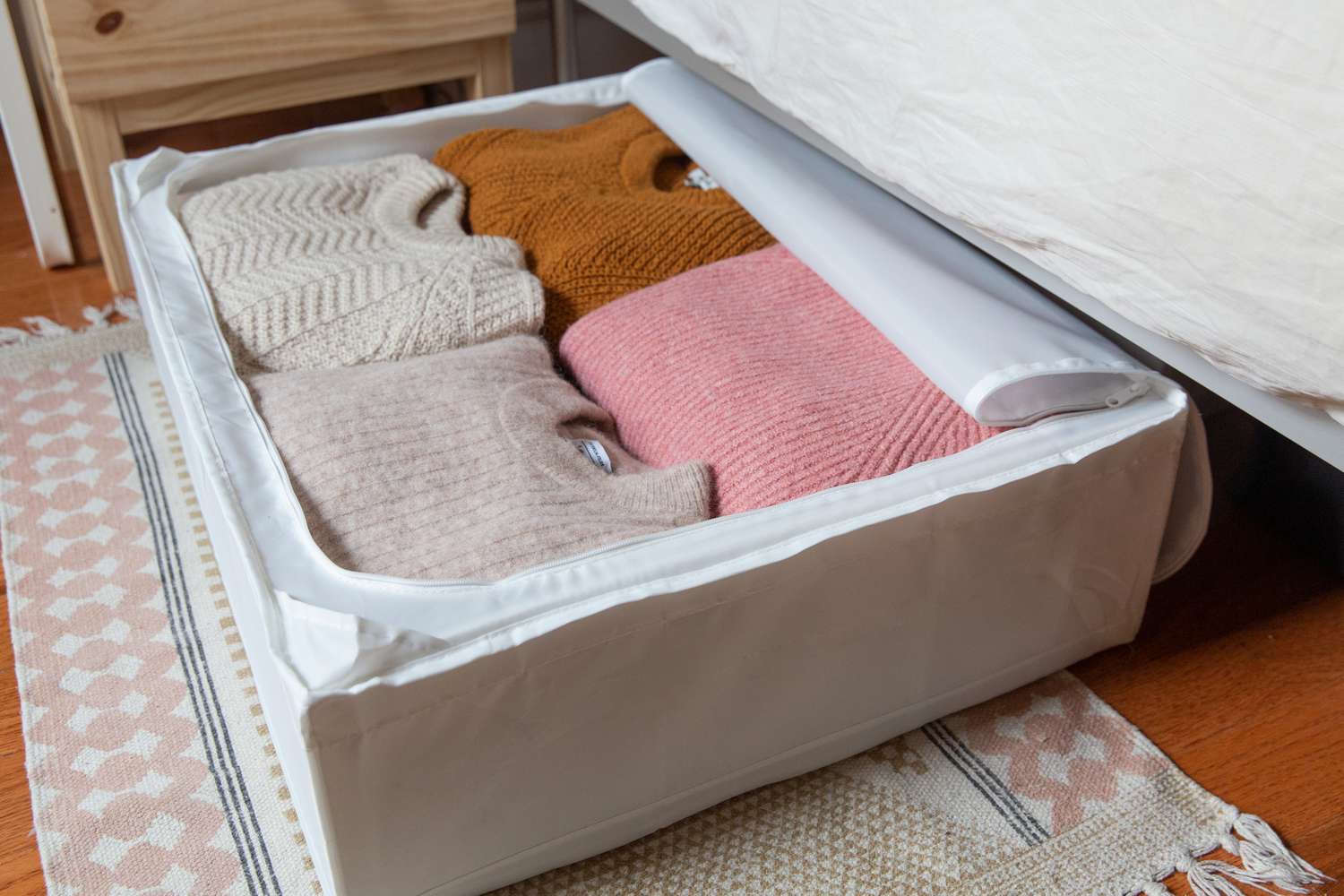
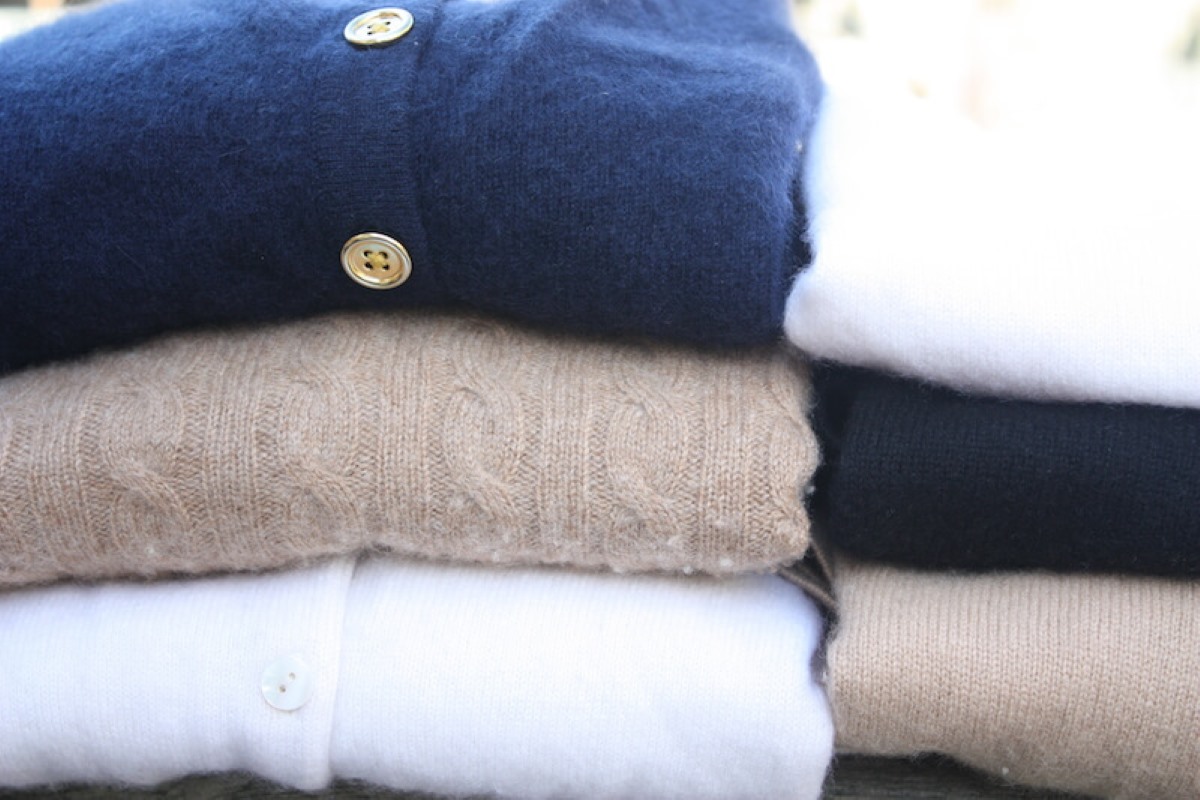
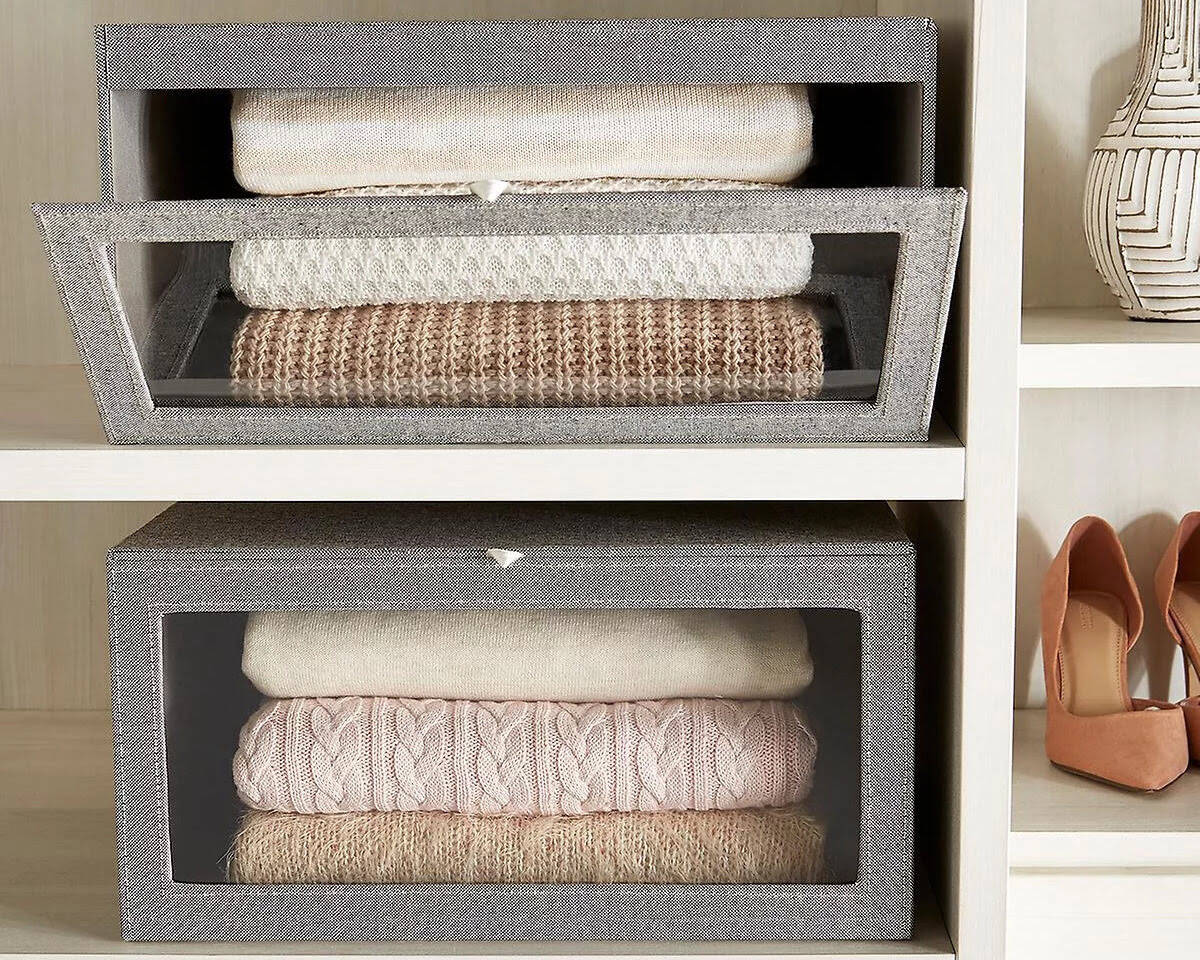
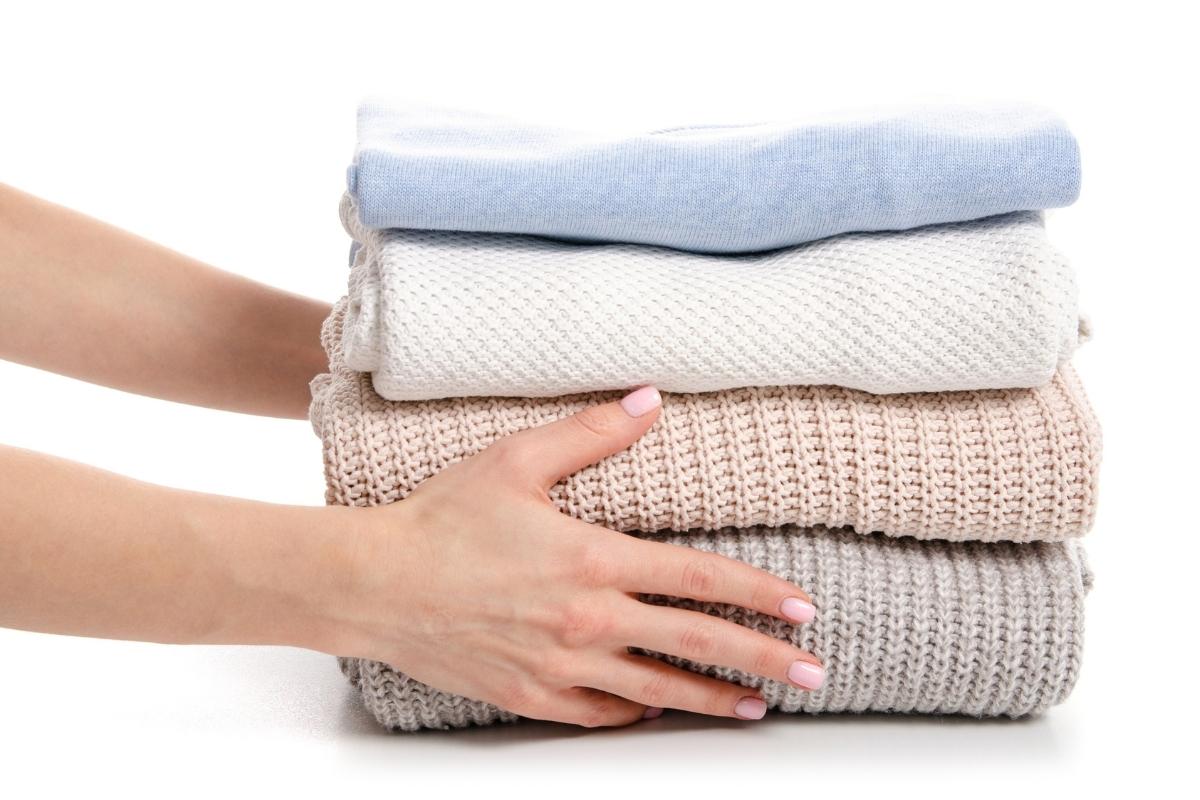

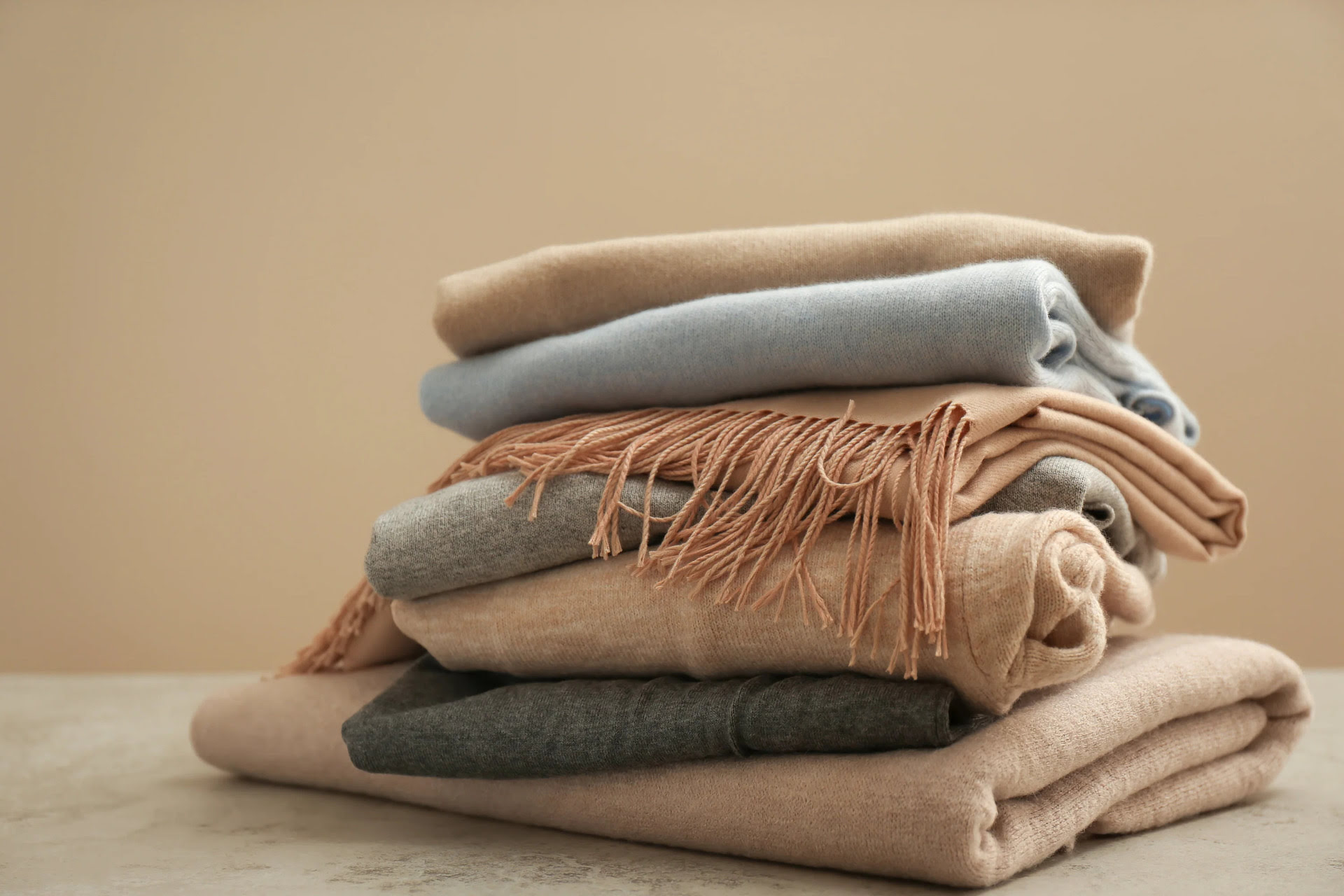
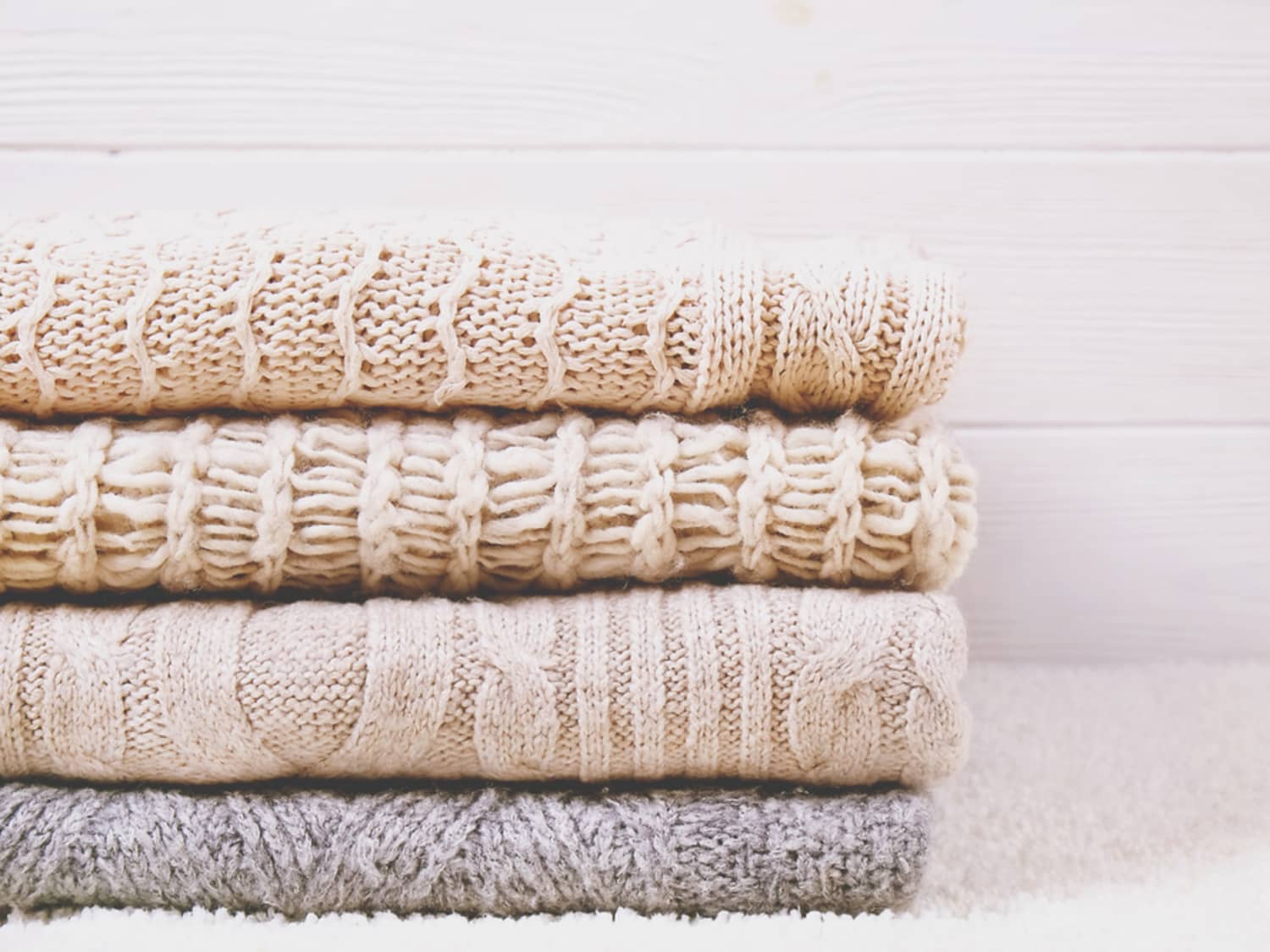
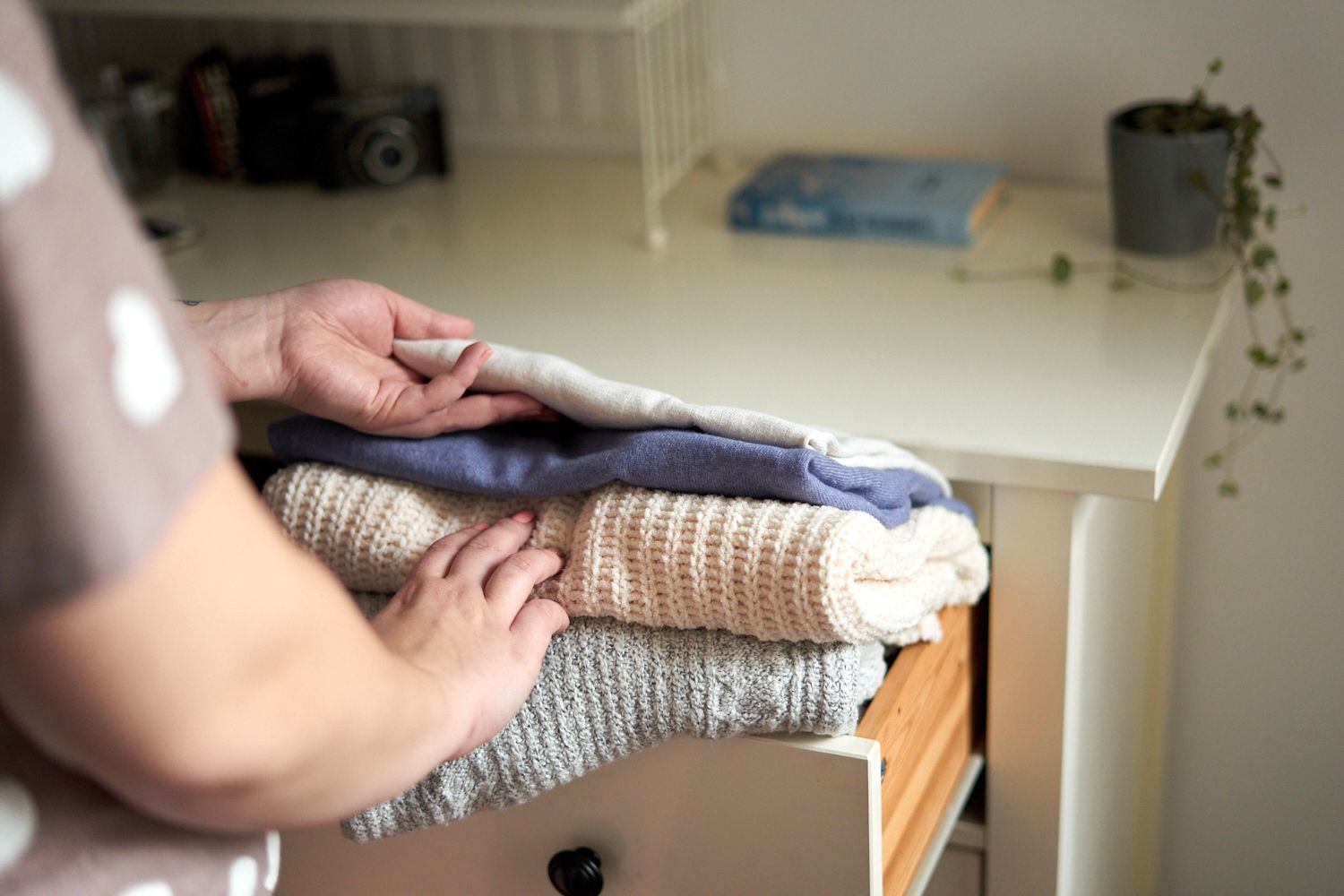
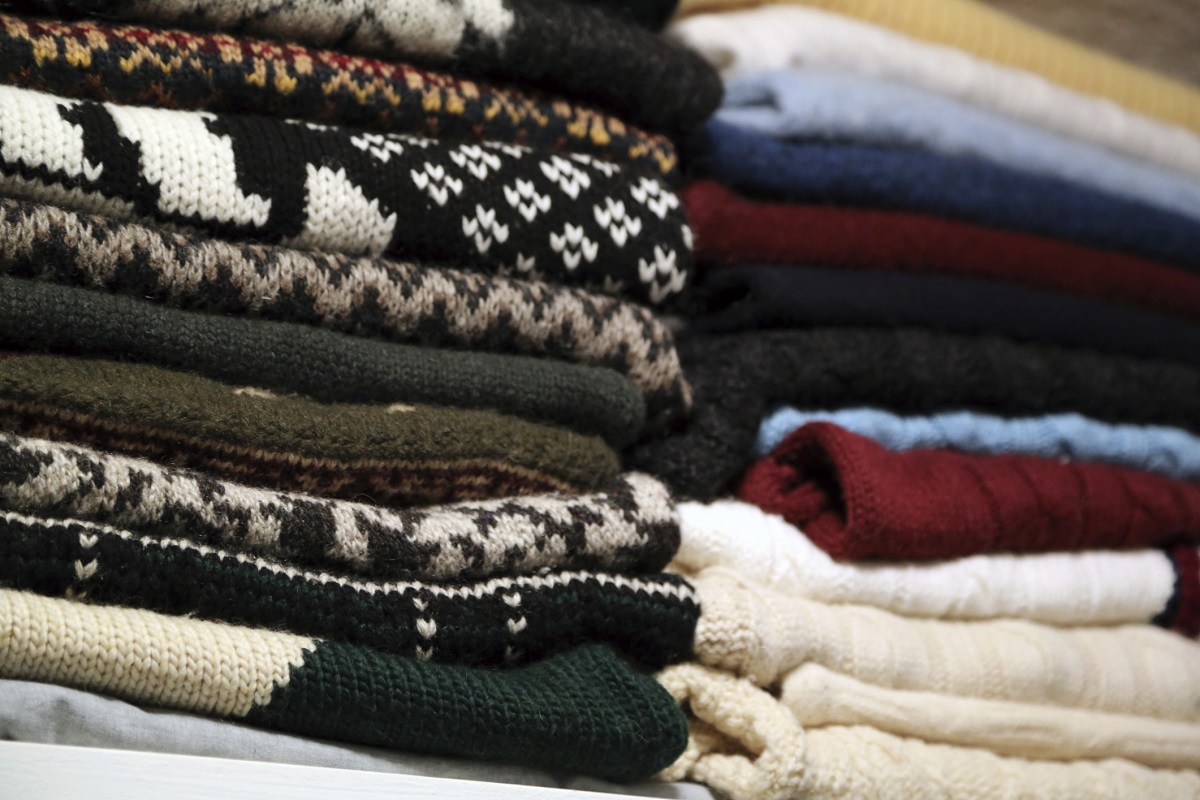
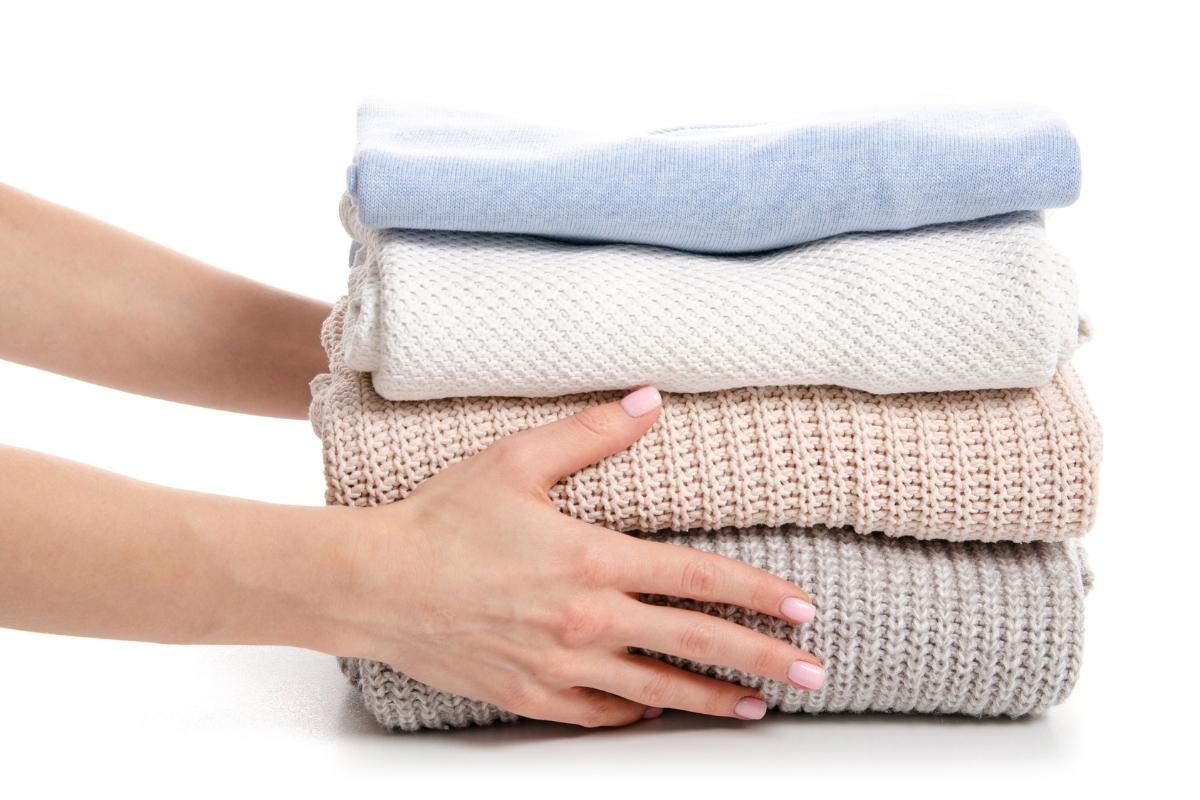
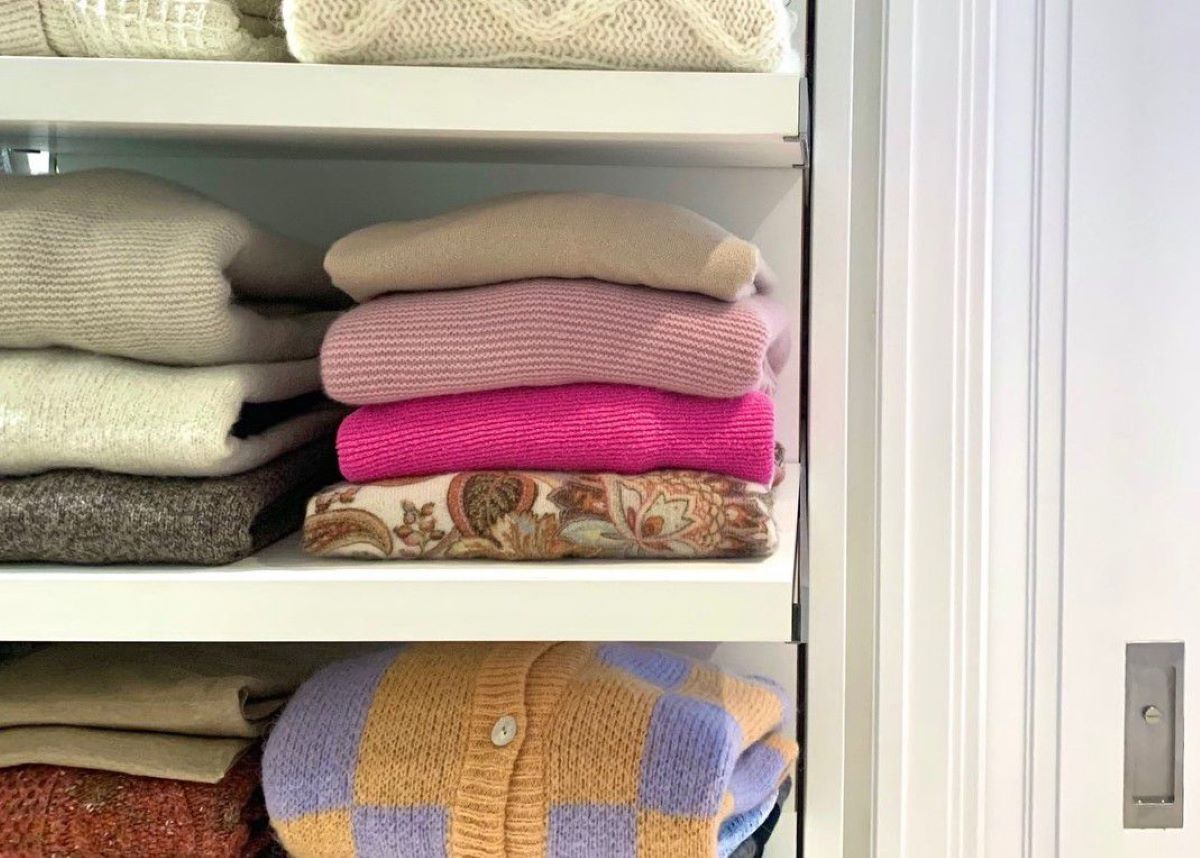
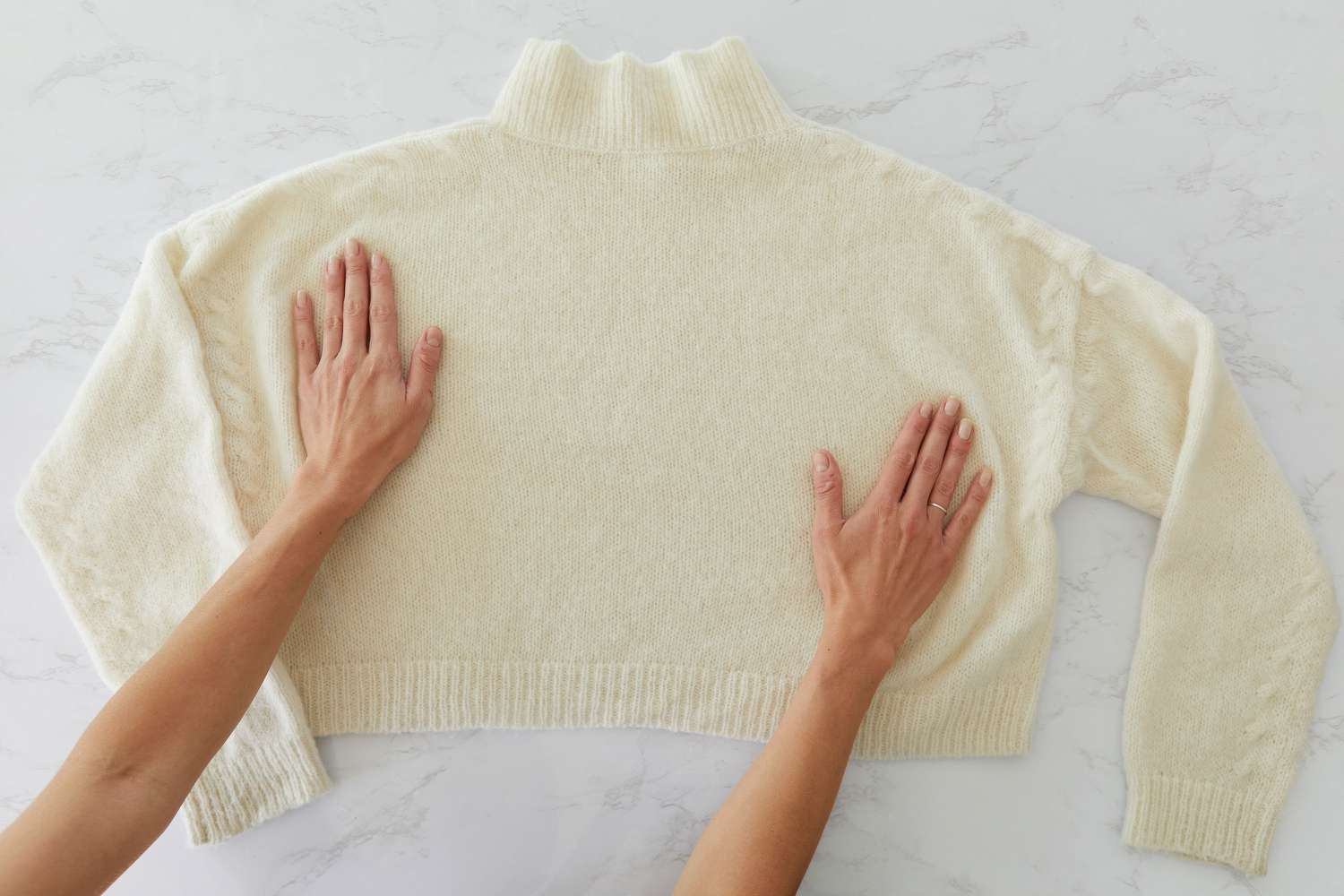
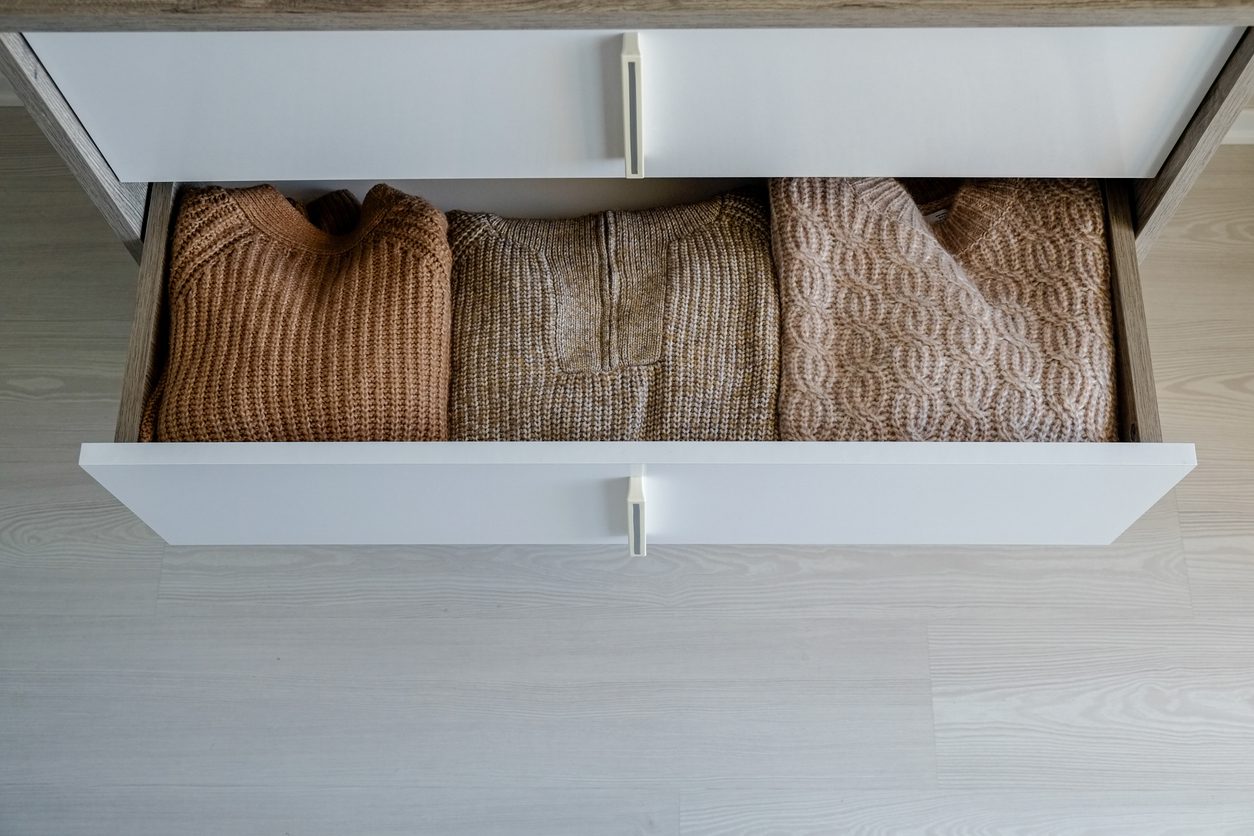

0 thoughts on “How To Store Sweaters In Closet”